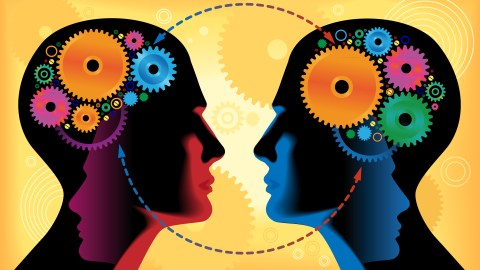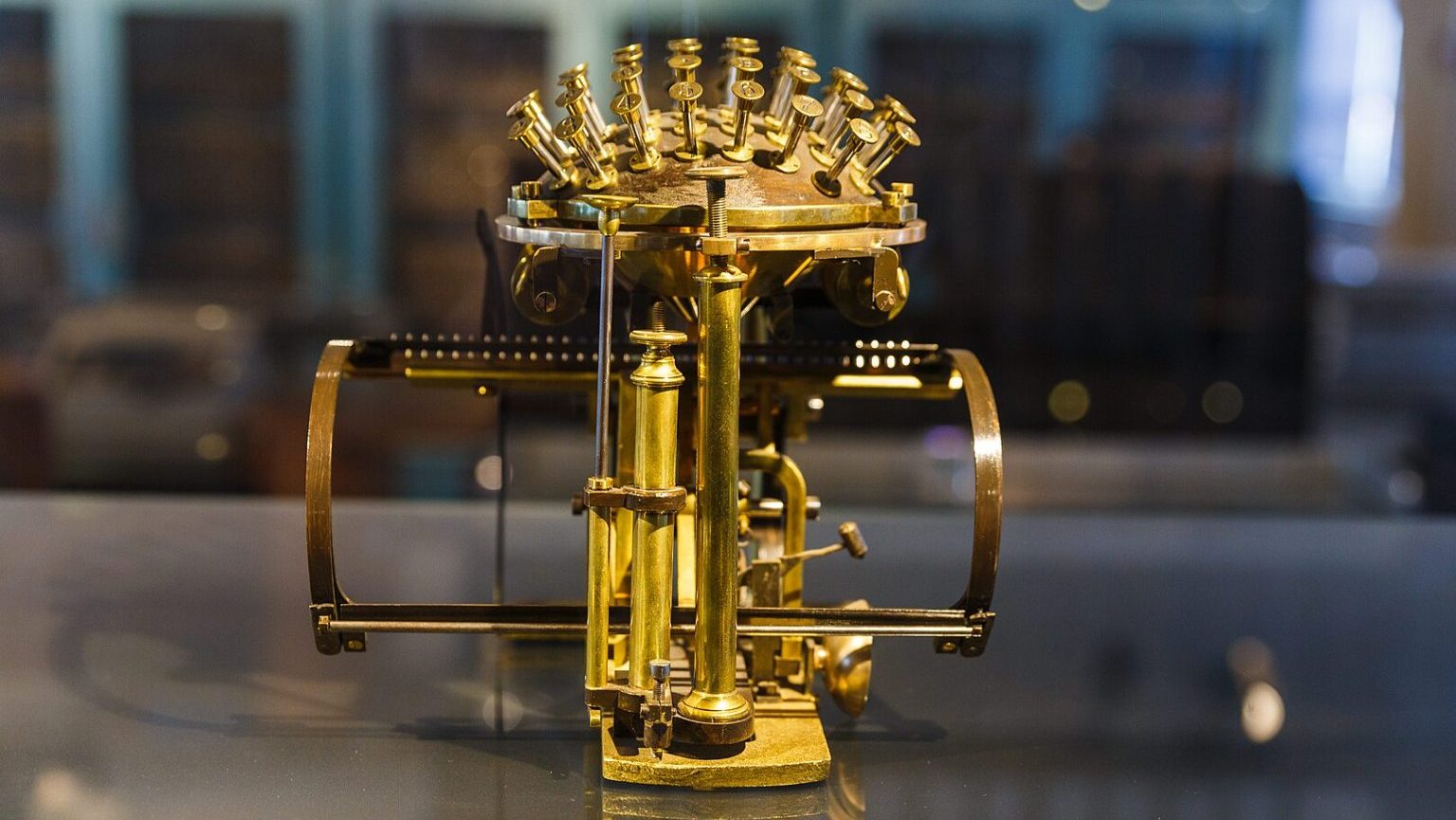Humans Perform First Brain-to-Brain Communication Over the Internet

Two individuals separated by 5,000 miles have successfully communicated without typing or saying a word to each other. Rather it was their brains that did the talking. With the help of non-invasive computer-brain interface technology, researchers encoded the words “hola” and “ciao” into binary. They then created rules that allowed the human participants to translate their thoughts into binary: the thought of moving a hand became “1” and the thought of moving a foot became “0”. The messages were sent from India to France and successfully decoded by the recipients’ brain using the interface technology.
The researchers anticipate a time when direct brain-to-brain communication is more powerful and requires less technological capacity to realize. Such a scenario could drastically change the way humans conduct their day-to-day lives.
“We anticipate that computers in the not-so-distant future will interact directly with the human brain in a fluent manner, supporting both computer- and brain-to-brain communication routinely. The widespread use of human brain-to-brain technologically mediated communication will create novel possibilities for human interrelation with broad social implications that will require new ethical and legislative responses.”
If brain-to-brain communication is ultimately successful, says Michio Kaku in his Big Think interview, it must communicate emotions and feelings as well, not just words in binary:
Read more at Kurzweil AI
Photo credit: Shutterstock




